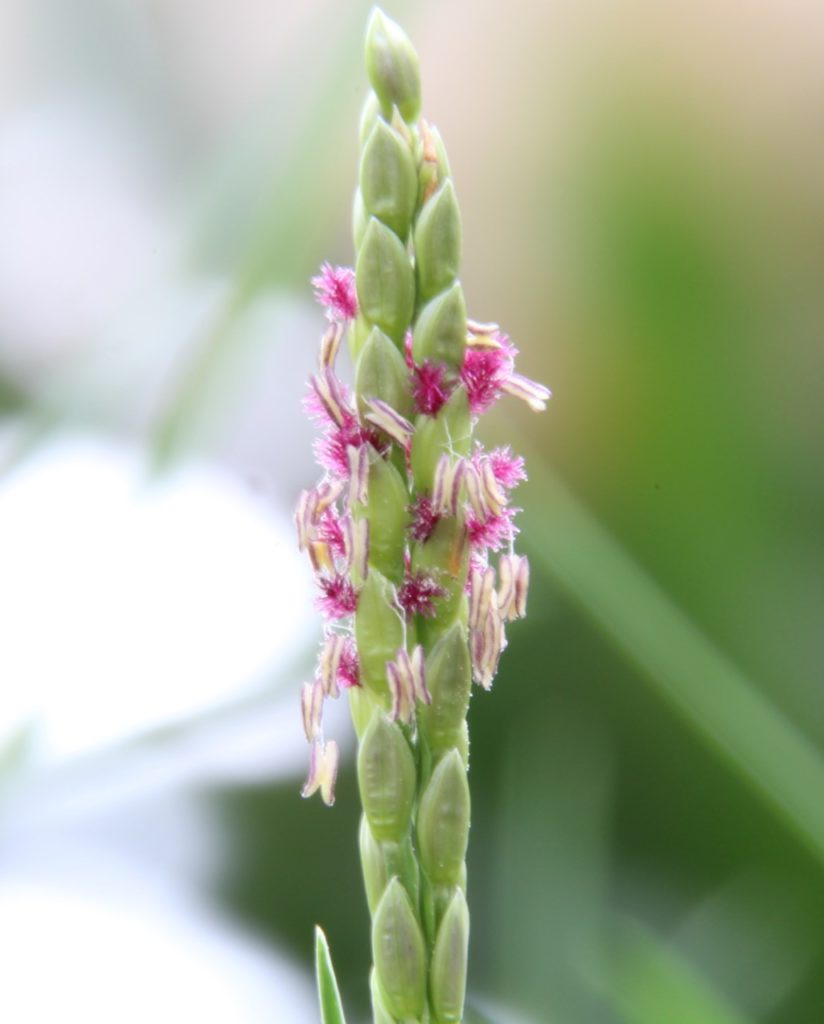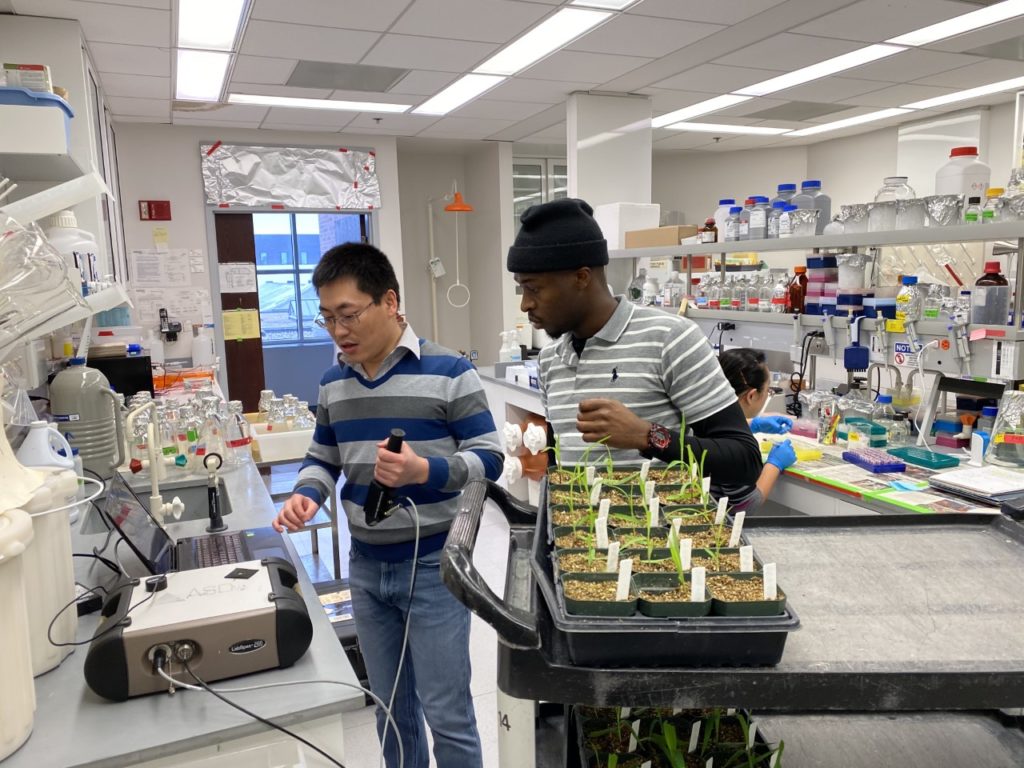One of the great things about academia is that is gives smart and motivated people without the social skills to do well in corporate world a way to be engaged and contribute to society.
I don’t do well with bosses. The one exception I ever ran into was my grad school mentor who was wildly known as somebody who gave grad students an enormous amount of freedom and autonomy. To the point that about half the students who joined his lab struggled with feeling directionless and to graduate in even seven years. The other half of students to join his lab seem to have loved and and gone on to be extremely successful professors and leaders in industry. Every other person I’ve worked for I’ve butted heads with consistently. Getting older I’ve gotten better at “managing up” but I still don’t enjoy it.
One of the great things about being a professor — especially a tenured professor — is that we can spend a lot of time feeling like we don’t have a boss. My poor department head (whose priorities I don’t agree with but who is a perfectly decent human being) has something like 70 direct reports most of whom she cannot hire or fire. Academia is a good place for people who don’t do well taking orders … but launching your own company is even better.
Do you know how long it took me to get a raise for my amazing lab manager in my academic lab? Four months. At least ten meetings with three different people. Biweekly follow up e-mails. Multiple appeal forms and reworking of position descriptions while crossing my fingers and doing my best to combat the bitterness I see setting in to an enthusiastic and motivated scientist who can’t understand why it’s taking me so long to follow through on the raise we’d discussed months ago. Responsibility without authority sucks. A lot.
Do you know how long it took me to get a raise for an outstanding plant breeder in one of my companies? Three minutes. Me to co-founder: “We should really raise $X’s pay, he’s taken on so much extra work this year.” co-founder to me: “I agree. How about $Y,000?” “Sounds good. I’ll e-mail our HR contractor.”
The same relative ratio of work applies to buying a piece of equipment. Or renting new space as your team grows. Or paying an invoice. Or hiring a new person. In academia I typically have to fight through layers of people whose job it is to make sure I don’t do the wrong thing and get the university in trouble. At the startup we just decide, it happens, and if we make a mistake we deal with the consequences.
Of course the power to give your team raises doesn’t matter if we don’t have money to pay that new higher salary. Securing the money to be able to do stuff is a big thing both professors and founders put a lot of their time and effort into. But that’s a discussion for part two.

